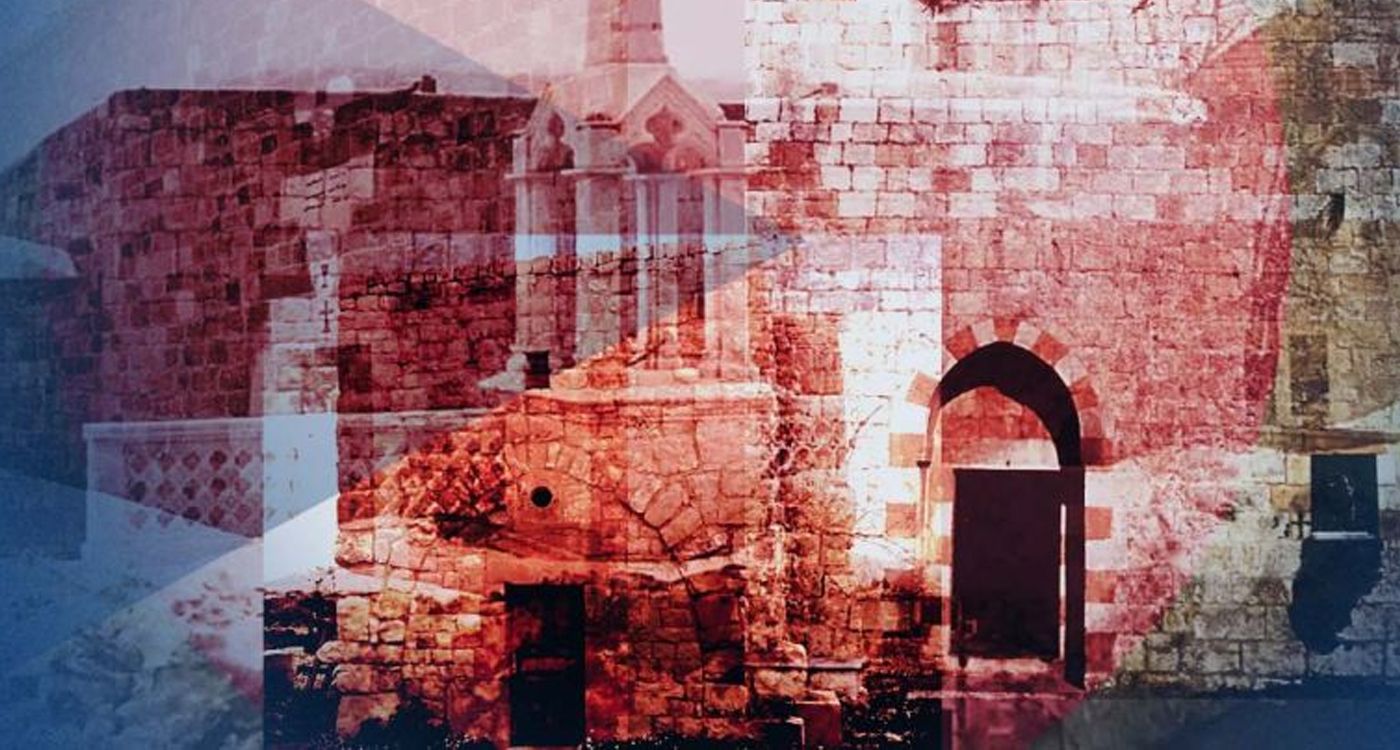
The unity of Christians has never been more vital amid the evolving realities of the Middle East. The “Week of Prayer for Christian Unity,” observed from January 18 to 25, offers a timely opportunity to reaffirm this essential mission. This annual tradition boasts a complex history. It originated from the 19th-century ecumenical movement aimed at healing the divisions stemming from the 16th-century Reformation in Europe. Gradually, throughout the 20th century, this movement expanded to include all Christian Churches. The prayer recited during this week was crafted by Father Paul Couturier in 1935.
This year, the Week of Prayer focuses on the 1700th anniversary of the First Council of Nicaea (325), where the foundational Nicene Creed was formulated. Convened by Emperor Constantine, the Council brought together representatives from ecclesiastical communities that had only recently emerged from secrecy and persecution. They quickly discovered the difficulty of maintaining unity in faith amid the diverse cultural and political contexts of the time. The disagreements spanned both fundamental theological questions, such as the nature of Christ, and liturgical concerns, such as the timing of Easter and its relationship with the Jewish Passover. The reintegration of believers who had abandoned their faith to escape persecution, among other pastoral matters, was also addressed. This Week of Prayer offers a chance to draw from this shared heritage and derive meaningful lessons.
In the first part of the prayer, we ask Christ “to make us painfully feel the infidelity of our disunity.” The word “disunity” is a softened version of division, which the prayer describes as marked by “indifference, mistrust and hostility.”
Interestingly, indifference toward God is considered an offense, akin to hostility. It is not viewed as a mere “honest” agnosticism. Perhaps this is because indifference is passive, while faith demands an active and unceasing pursuit of truth.
Today, in a Christian Middle East where the “historic” Churches struggle to survive, this prayer evokes frustration among many believers who can no longer understand the persistence of anachronistic divisions, such as the ongoing debate over unifying the date of Easter.
Confronted with the apathy of churches turned inward, the faithful quickly observe how few clergy members genuinely seem to “painfully” feel the weight of “disunity.” Finally, they complain about having to recite a prayer that Father Couturier crafted more for Church leaders than for the lay faithful.
That being said, it is important to remember that the prayer for Christian unity stems from Christ's final command to His disciples – to remain united – spoken just before His trial and crucifixion. In this sense, ecumenism represents the reconciliation of a division within the human community that was never intended to exist.
It is essential to note that these divisions were, in fact, foreseen by Christ while He was still instructing His disciples, who asked Him to teach them how to pray. The “Pater” (Father) attests to this. The forgiveness we are called to endlessly offer to those who wrong us is central to the Lord’s Prayer (Our Father). Christ knew that, despite our best intentions, our relationships are bound to be fraught with conflict. Therefore, we must remain attentive to this aspect of human relationships. Spiritual struggle is an inherent reality, beyond which all anthropology and philosophies of history remain imprecise. As historian Henri-Irénée Marrou wisely observed, “History is the realm of incompletion, and it is essential to keep this in mind. It serves as the great antidote to the temptation of utopia that seduces those who seek to transform history,” both in religious and civil contexts.
In their second letter to the faithful in 1992, the Eastern Catholic Patriarchs referred to diversity as “an essential characteristic (...) of the Christian East.” The text goes on to highlight that “this diversity has always been a source of enrichment for the entire Church, when it has been lived in the unity of faith and in charity.”
“Unfortunately, this diversity has transformed into division and separation because of human sins and their deviation from the spirit of Christ,” adds the text. “In the East, we must either remain united as Christians, or we will cease to be. (...) The time has come to purify our memories of the negative legacies of the past, however painful they may be, and to look ahead together, guided by the spirit of Christ and illuminated by His Gospel and the teachings of the Apostles,” concludes the letter. (39)
Today, where will this long-delayed purification begin? Without hesitation, Maronite Bishop Emeritus of Sarba, Guy Noujeim, asserts that it must begin with the word “together.” The APECL (Assembly of the Eastern Catholic Patriarchs of Lebanon) has entrusted him with leading a commission tasked with implementing this process of purification, which aims to rid the Churches of their individualism.
This year, the APECL's annual meeting, initially scheduled for the fall but postponed due to the war, is now set to take place in February. In his book Life and Death of the Christians of the East, Jean-Pierre Valognes (a pseudonym) aptly analyzes the historical, religious and social burdens that have long hindered the Eastern Churches from working “together.” Valognes specifically points to the system of protectorates established in the 19th century, which gave rise to “confessionalism.” This phenomenon has diminished the richness of diversity into “particularism,” nurturing a protective mindset that clings to the administrative or political advantages associated with each communal identity.
The challenge is immense. As Syria seeks a new constitution and Lebanon grapples with the complexities of its heterogeneous society, the time has come for the Churches to awaken and move forward, boldly and “together,” toward the future.




Comments